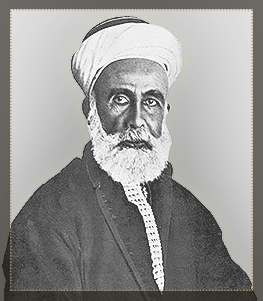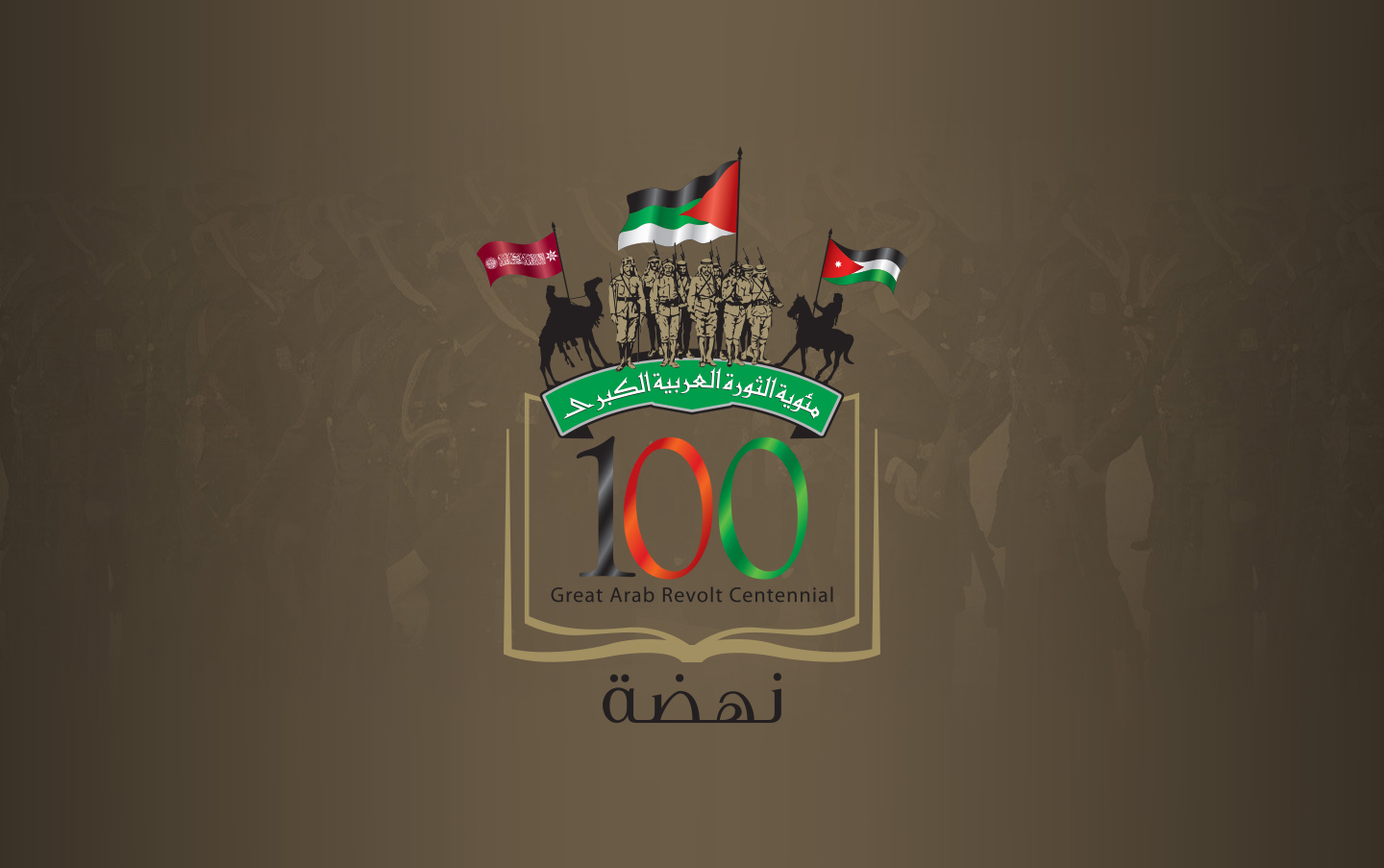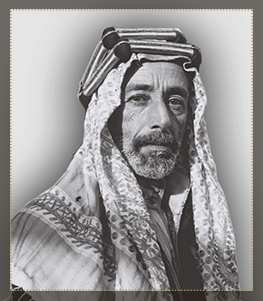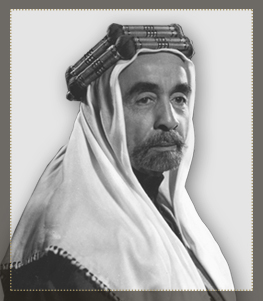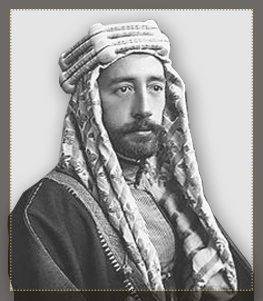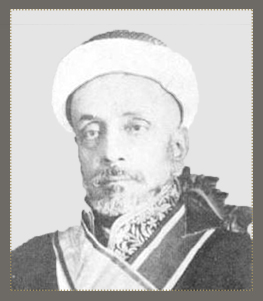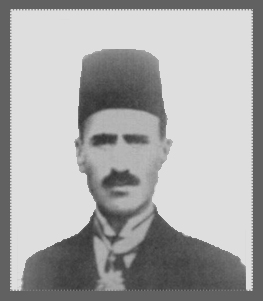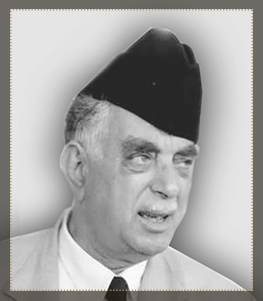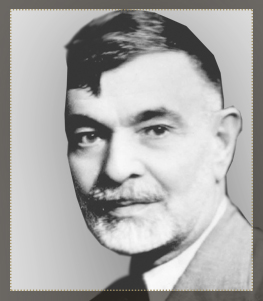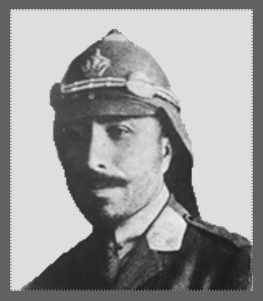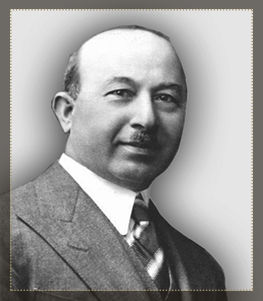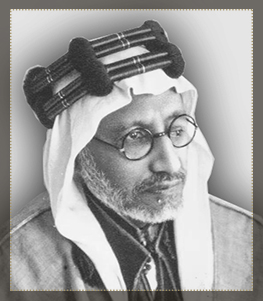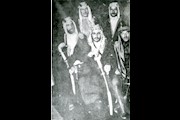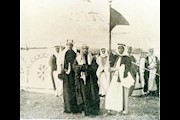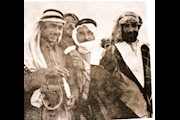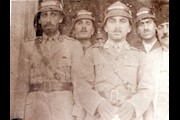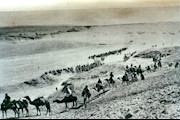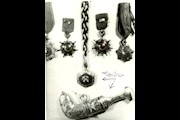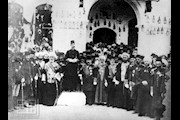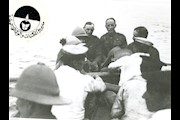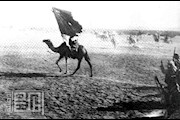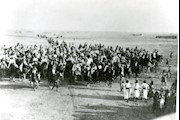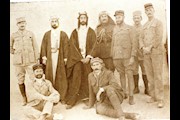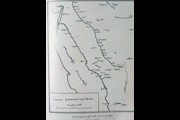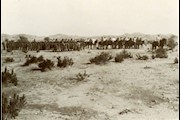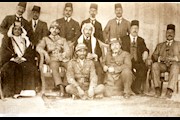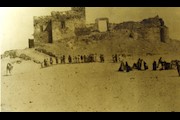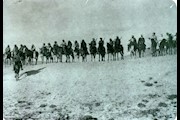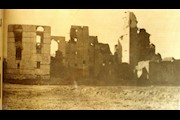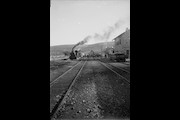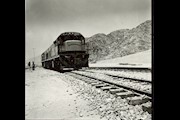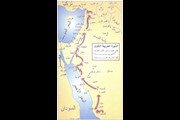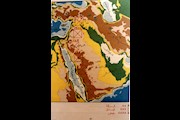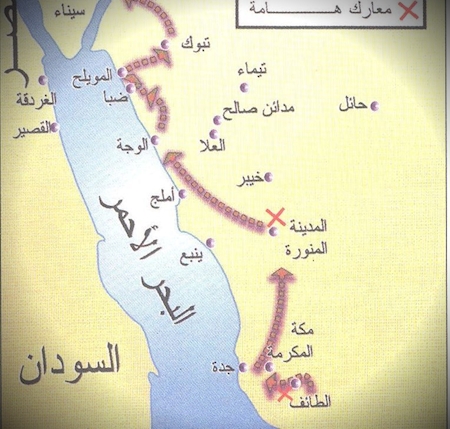
Jeddah was attacked on the same day the Revolt was announced in Mecca, and its protecting forces had to surrender on 16 June 1916 to an army led by Nuri Al Said. Rabigh became a supply and control base, and a training centre for Arab forces, especially officers and soldiers who were in the Ottoman army and joined the ranks of the Arab Revolt.
The Arab forces liberated Al Qunfudhah and Al Laith ports on 15 August 1916, at the same time that Sharif Nasser bin Ali liberated Amlaj port north of Jeddah.
Prince Abdullah headed for Taif and imposed a siege on it, choosing to make it surrender rather than conquer it by force, although he had sufficient mountain guns, weapons and ammo. He made a wise decision, and refused to hold a truce, which forced Ghalib Pasha, the governor of Hijaz and leader of the Turkish forces to surrender on 22 September1916.
With the surrender of Taif, the Revolt had gained a secure footing, imprisoning 6,000 and gaining many weapons and other supplies. Thus, all the main cities of Hijaz, save Medina, were in the hands of Arabs, with control over all ports from Al Qunfudhah in the south, to Amlaj in the north, along with Al Laith, Jeddah, Rabigh and Yanbu.
Turkish Counterattack and the Hijaz Independence Proclamation:
The three months that followed the takeover of Taif are seen as one of the most important periods of the Arab Revolt. Fakhri Pasha, leader of the Turkish forces in Medina, decided to attack Mecca, defeat the Arabs in Yanbu and Rabigh and reinforce the Turkish forces in Hijaz with additional forces from the fourth army in Syria. The Turkish forces advanced in October in three columns on a counterattack as follows:
*One column advancing on Medina-Yanbu-Al Nakhl road towards the Yanbu seaside.
*A second one advancing on the historical Medina-Badr-Hunayn-Rabigh route.
*A third column advancing towards Mecca via the Medina-Rabigh route onto Hajr.
How Did Arabs React?
Sharif Hussein tasked Prince Abdullah with meeting the English delegation, led by Ronald Storrs, in Jeddah, accompanied by Captain Lawrence and in the presence of a French representative. The Prince successfully convinced the Allies to continue supporting the Revolt by threatening to withdraw from the war and sign a reconciliation agreement with the Turks. Prince Abdullah’s diplomatic success was coupled with another that is no less important, but proved to be a cornerstone for the continuation and success of the Revolt — the proclamation of Hijaz’s independence and of Sharif Hussein as King of the Arabs.
Rabigh Military Conference November 1916
With the proclamation of Arab independence and Sharif Hussein as King of Arabs, the Revolt had to face the Ottoman state’s measures to depose Sharif Hussein as Mecca’s Emir and as the Sharif of Hijaz on the one hand, and Britain’s hesitance to support the insurrection on the other. To counter Fakhri Pasha’s military threat, especially his advance toward Rabigh, the Revolt’s forces underwent a formation as follows:
Sharif Hussein as Supreme Commander headquartered in Mecca, and Lt. Col. Aziz Ali Al Misri as chief of staff in September 1916, succeeded by Jafar Al Askari in December 1916, while the Revolt’s forces were divided into three armies:
*The Northern Army, headquartered in Yanbu and led by Prince Faisal, who was assisted by Mawloud Mukhles, Rassam Sardast and Ahmad Musleh. It comprised an infantry brigade, four artillery companies and tribal forces.
*The Southern Army, headquartered in Rabigh and led by Prince Ali, who was assisted by Nuri Al Said. It was composed of two infantry battalions, a mule cavalry battalion, a camel cavalry battalion, four artillery companies, one engineering company and tribal forces.
*The Eastern Army, headquartered in Wadi Al Eis, northwest of Medina, and led by Prince Abdullah, assisted by Sharif Shaker bin Zeid. It was composed of two camel cavalry battalions, one cavalry company, one mountain gun company and tribal forces.
A military conference was held in Rabigh on 16 November 1916, where it was decided to defend Rabigh, since it was seen as the key to the route to Mecca on one hand and the base for the three Arab armies’ operations on the other.
In a bid to reduce Fakhri Pasha’s pressure on the forces led by Princes Ali and Faisal in Yanbu and Rabigh, on November 1916, Prince Abdullah — while on his way to Hanakiya — sent a 500-strong camel cavalry force to Hajr to drive out Hussein bin Mbeirik. He also sent a similar force to Medina to raid Turkish posts in Jabal Uhud, ordering it to set fire to high areas, capture those who escape and return them to Medina to inform its people and other tribal leaders.
Prince Abdullah’s forces gathered in Hanakiya, and before crossing the railway between Hadiya and Aba Al Niam stations, his forces faced and defeated a Turkish force, taking its leader as prisoner. Prince Abdullah wrote to Fakhri Pasha informing him of what happened, saying: “The war has moved to between the Levant and Medina.”
Faced with this new situation for Medina, and taking into account British airplanes’ sorties against his forces in Rabigh, Fakhri Pasha had to retreat from Yanbu Al Nakhl and Wadi Al Safraa; and from Beir Said to Beir Darwish. His right flank, which was attacking Faisal, withdrew to Abar Ali, thus putting a stop to his threat against Mecca.
